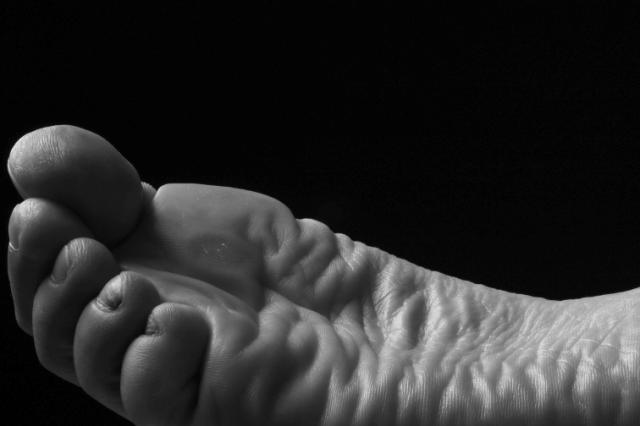Diabetes and your Feet


Diabetes can affect a number of the body’s systems, including circulation, immune system and nerves. Over time, this damage may show up in the feet resulting in pain or a loss of sensation. You or your loved one may be less likely to feel a foot injury such as a blister or cut. Because the body may have a harder time fighting infections, even small foot injuries can quickly become infected, which may lead to serious complications.
Daily Foot Care Checklist:
- Wash feet in warm (not hot) water, using a mild soap making sure you don’t soak them.
- While feet are still wet, use a pumice stone to keep calluses under control.
- Dry feet carefully, especially between the toes.
- Thoroughly check feet, including between the toes, to make sure there are no cuts, cracks, ingrown toenails, blisters, etc. Use a hand mirror to see the bottom of your feet, or regularly check your loved one’s for them.
- Clean cuts or scratches with mild soap and water and cover with a dry dressing for sensitive skin.
- Trim toenails straight across and file any sharp edges. Don’t cut the nails too short.
- Apply an unscented lotion to heels and soles and wipe off any excess lotion that is not absorbed. Don’t put lotion directly between the toes.
- Wear fresh, clean socks and well-fitting shoes every day. Whenever possible, choose white socks, if there’s a cut or sore, the blood or pus will be easy to see.
Inspect feet daily and feel for skin temperature differences between each foot and have them checked by a family health care provider at least once a year. Also, make sure you or your loved one are screened for nerve damage and loss of circulation at least once a year.



